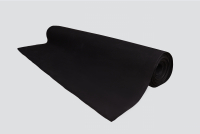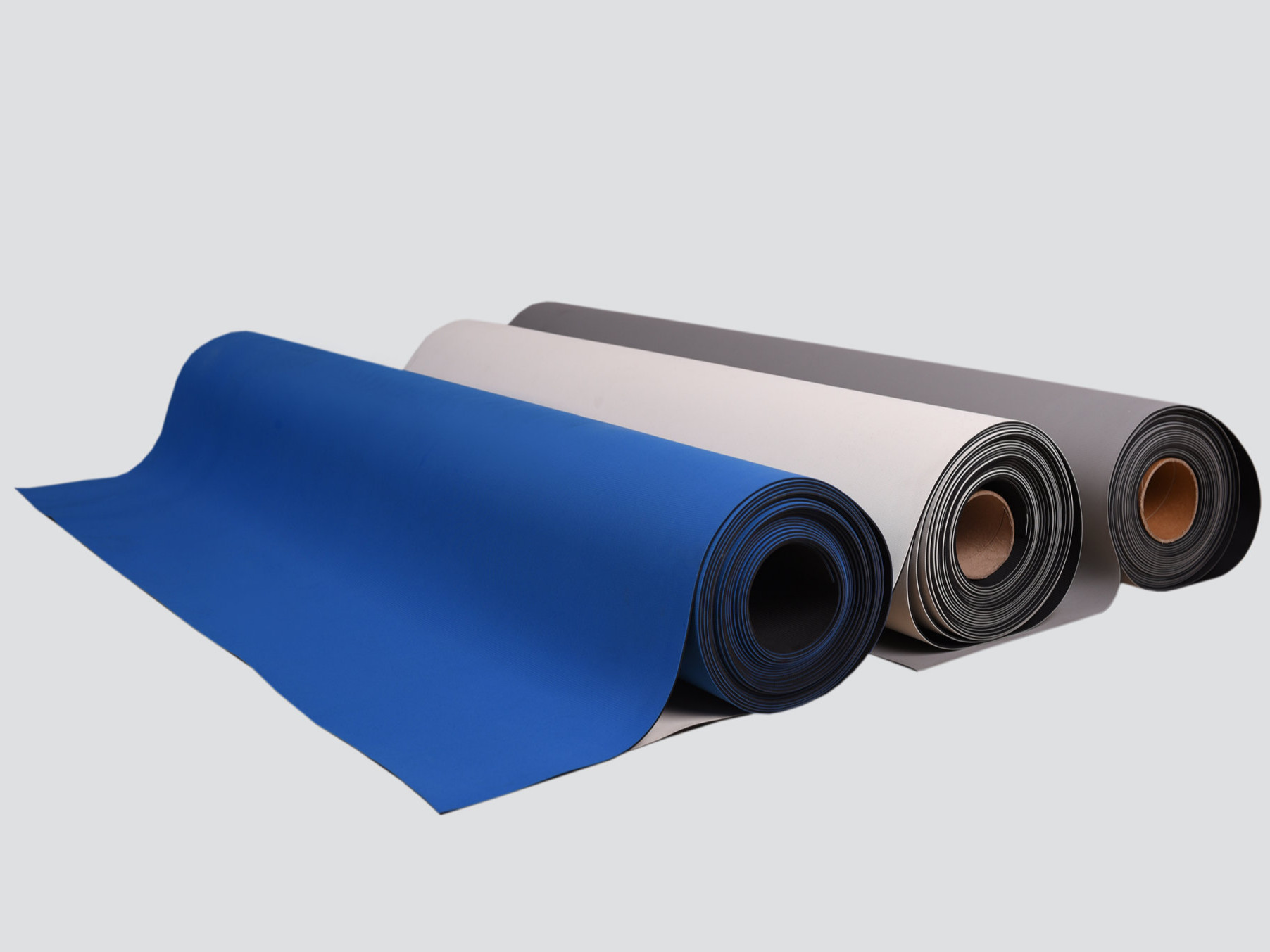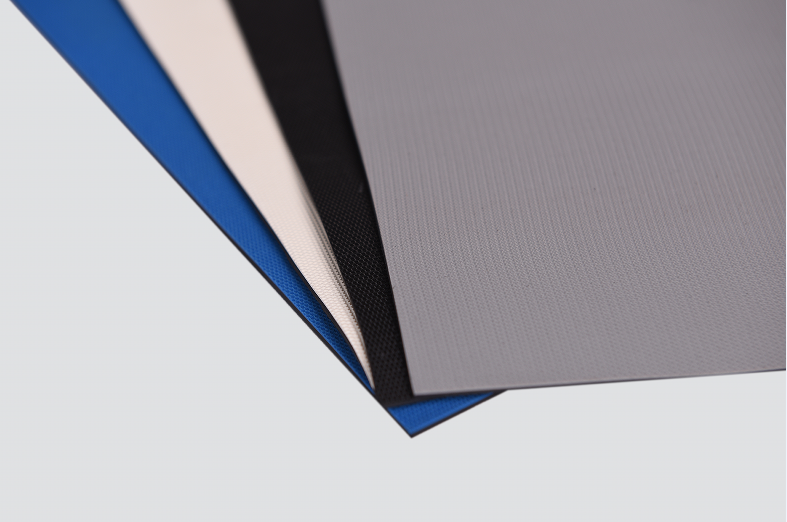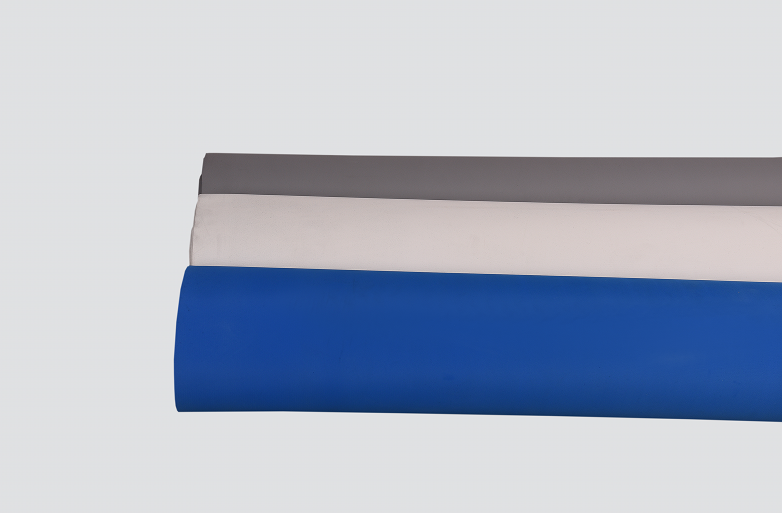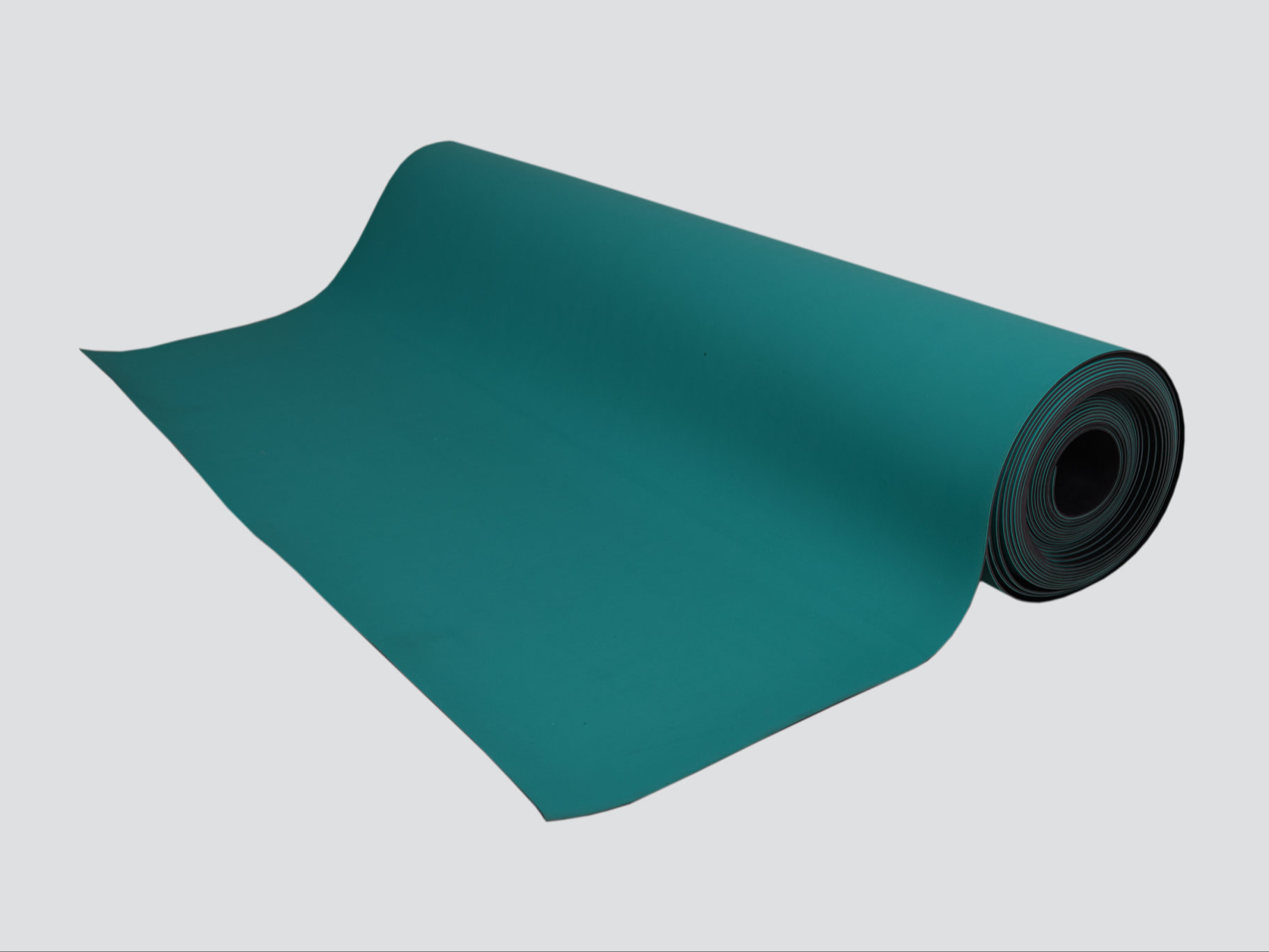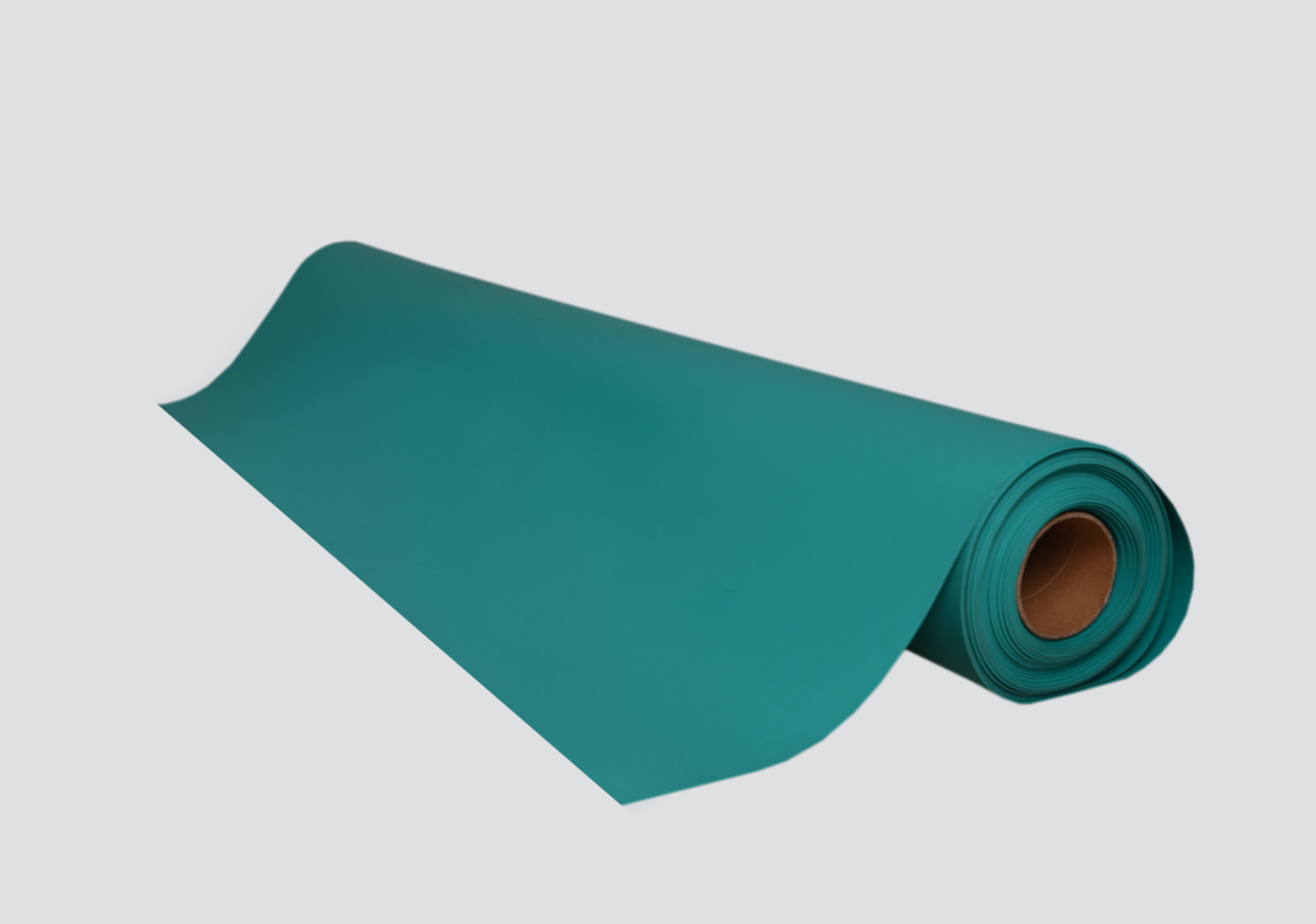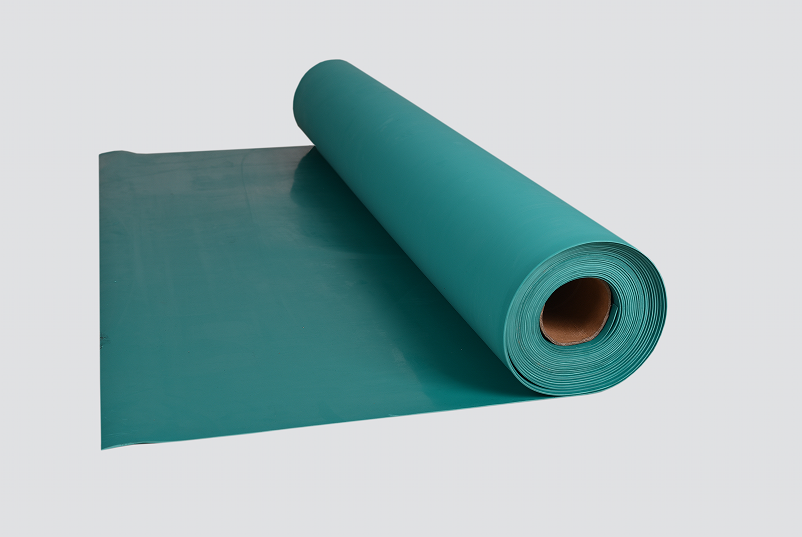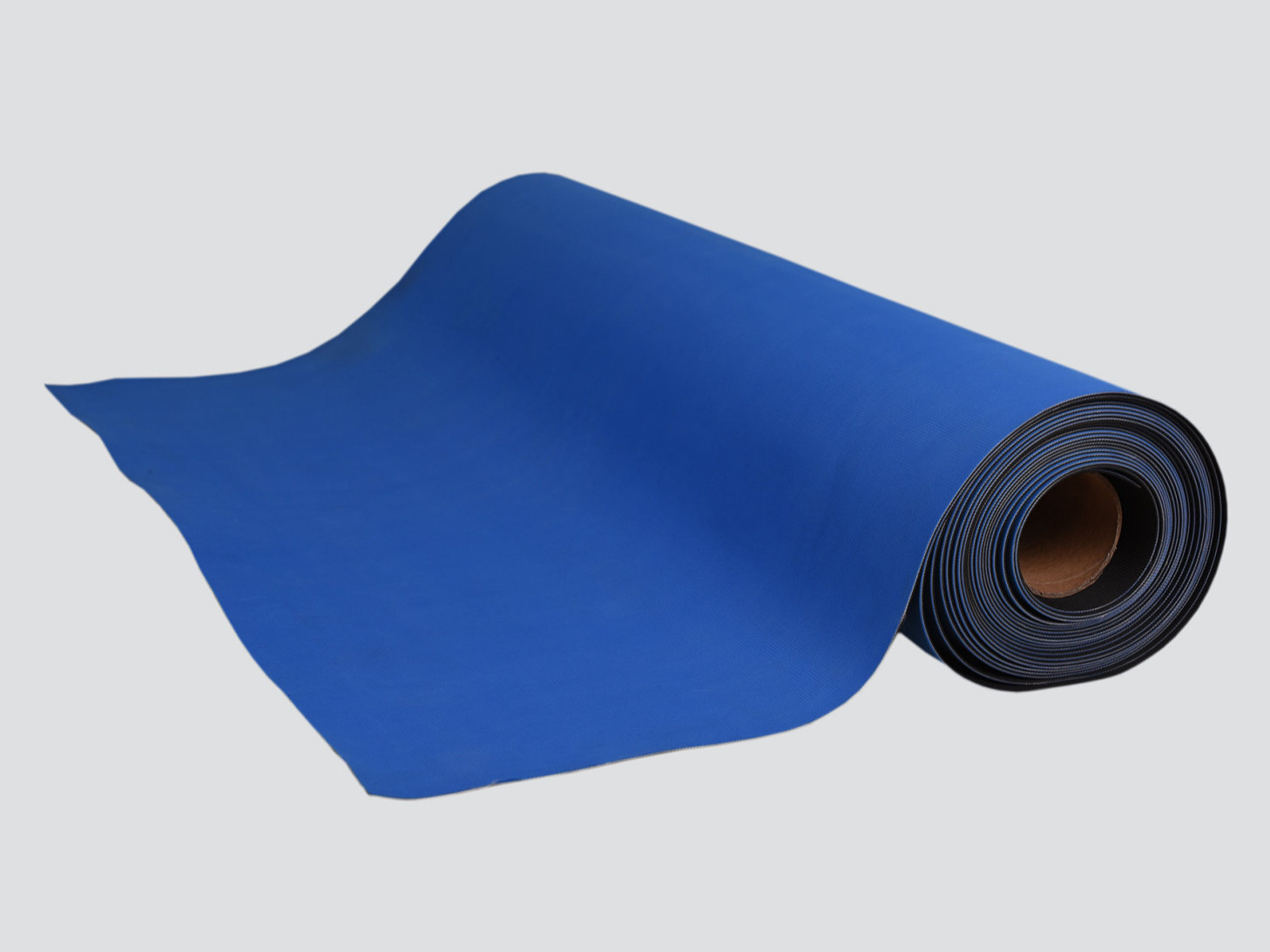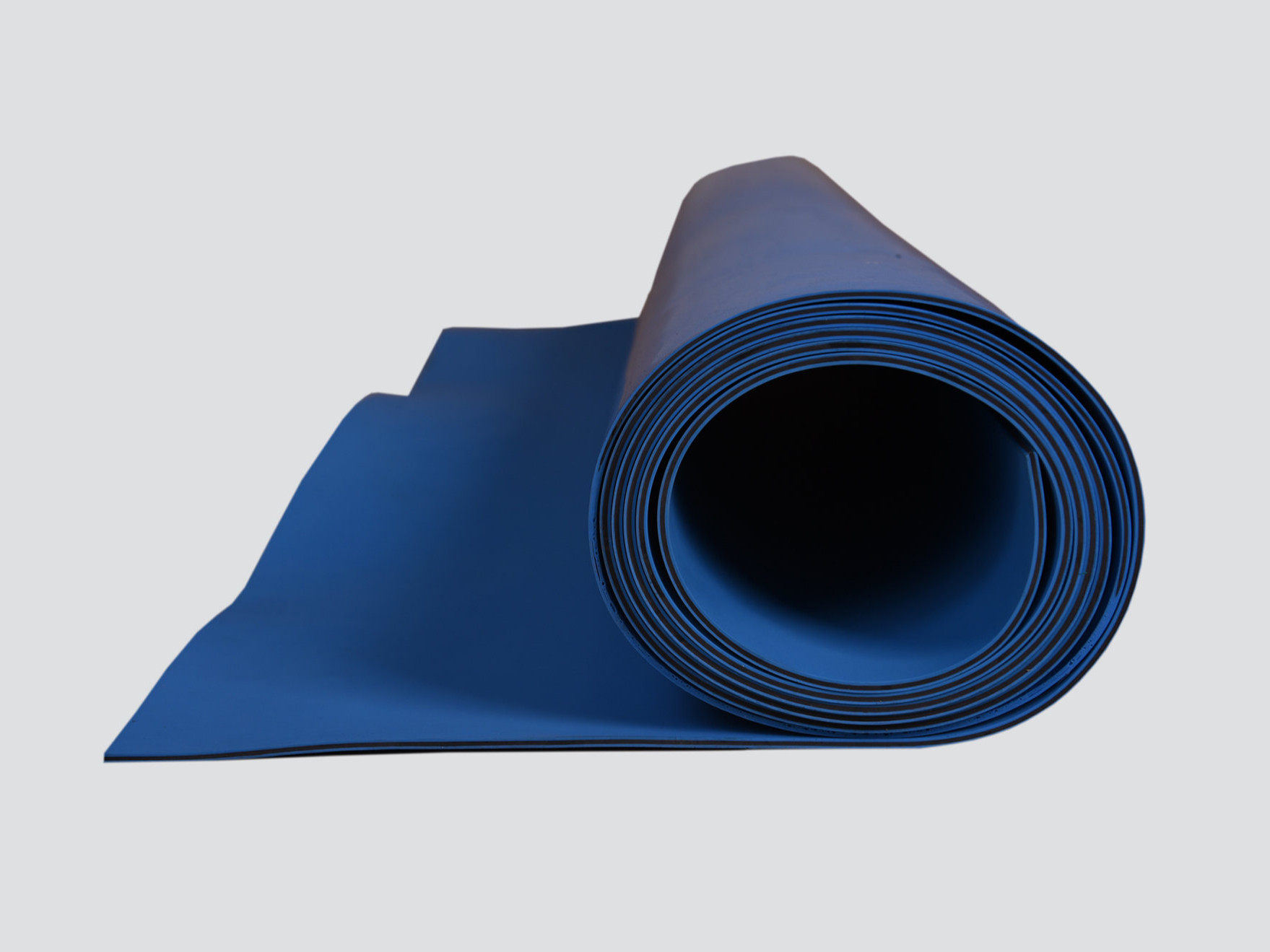- HOME PAGE
-
PRODUCT CENTER
- Antistatic rubber mat
- Antistatic clothing
- Antistatic shoes
- Antistatic cap
- Apron Work package glove shoe cover Sleeve
- Anti static wrist strap grounding wire assembly
- Clean cotton swabs with dust-free rags and pape
- Antistatic chair antistatic turnover box
- Anti-static shielding bag
- Antistatic instruments and test equipment
- HONORARY QUALIFICATION
- ENTER Yiyuan
- SERVICE COMMITMENT
- NEWS
- CONTACT US

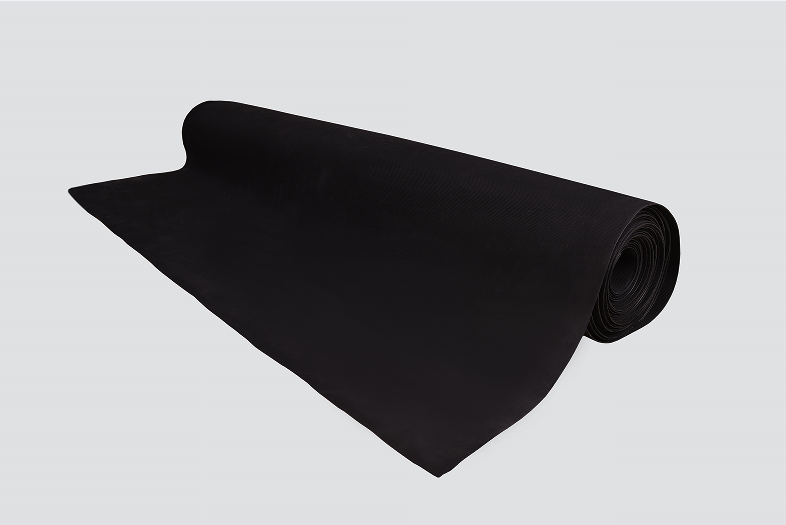

Anti skid on both sides of conductive floor mat YY-A1013
technical parameter
| Common specifications
|
Friendly reminder: | It can be customized according to customer requirements (length, width, thickness, color, etc.). The company's anti-static rubber plate (table mat and floor mat) adopts pure high-quality rubber. We promise that it will never contain secondary rubber, waste rubber, recycled rubber and plastic. You can cut and proofing for free. The product has passed SGS test and conforms to ROHS standard. |
Application of antistatic rubber plate |
Static conductive and anti-static rubber plate (table mat and floor mat) is applicable to aerospace, national defense, coal mine, black powder, pyrotechnic, electric initiating explosive products, ammunition charging assembly, civil blasting equipment, fireworks and firecrackers, electronic components, electronic instruments and meters, liquefied petroleum gas tank station, electronic semi conductor devices, electronic computers Electrostatic conductive rubber plate, anti-static rubber plate floor and worktable are paved in the production workshop and warehouse of electronic communication equipment, integrated circuit microelectronics industry and other industries in order to eliminate the accumulation of static electricity in human body and environment and prevent static hazards and accidents. |
Laying of anti-static rubber plate |
There are two laying methods of static conductive and anti-static rubber plates (table mat and floor mat), floating laying and pasting. Floating paving is to directly lay 2-5mm thick rubber plate on the ground, which is flexible and simple, but the gap at the joint of rubber plate is easy to accumulate dust. Pasting is to paste the 2-5mm thick rubber plate on the ground with electrostatic conductive rubber liquid. The gap at the joint of rubber plate can be 1.2x1000x10000mm thin rubber plate, cut into 30-50mm wide rubber strips with a paper cutter, brush and paste the electrostatic conductive rubber liquid on the gap surface at the joint of rubber plate. The straight edge of 5mm thick rubber plate can also be cut into positive and negative slopes with a paper cutter (or special cutter), roughened slightly, and coated with electrostatic conductive rubber solution for lap bonding. |
Resistance measurement of anti-static rubber plate ground |
The measuring instrument is an insulation resistance tester, with DC open circuit voltage of 500V and short-circuit current of 5mA. The measuring electrode is made of copper or stainless steel into a cylindrical standard electrode with a diameter of 60 ± 2mm and a weight of 2 ± 0.2kg. The measuring electrode must be treated against oxidation. |



Tel: 0576-87071888
0576-87071889
Mobile: 136 6168 8095
mail box:
zxl@zjyiyuan.cn
zj@zjyiyuan.com
